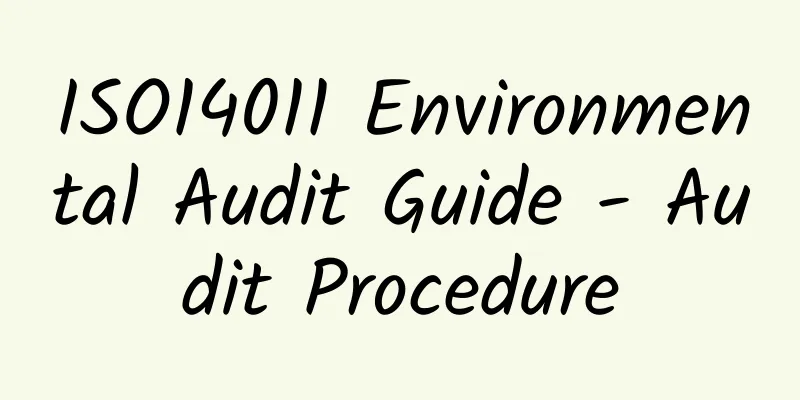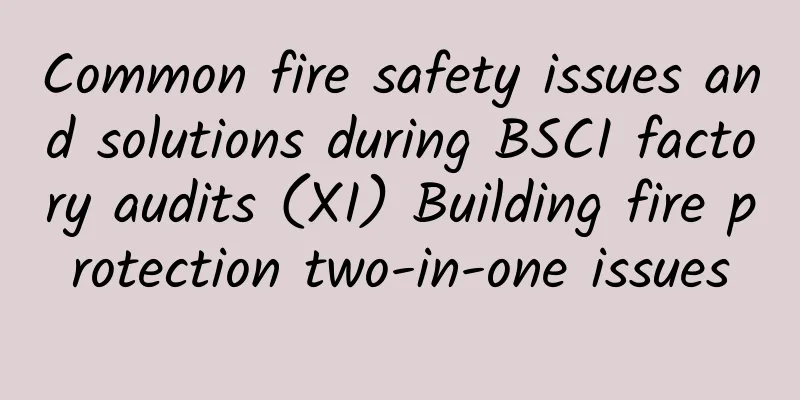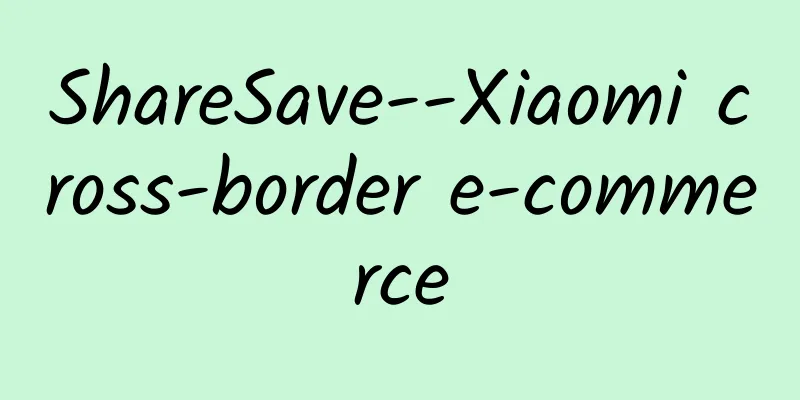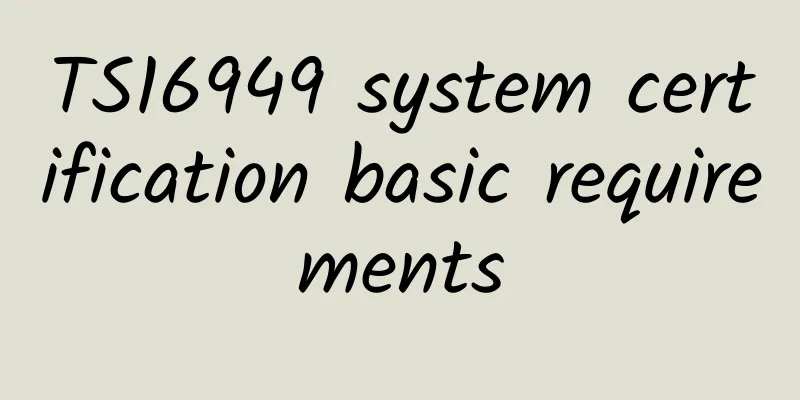2021 Latest! GRS Certification Requirements for Recycled Materials and Supply Chain
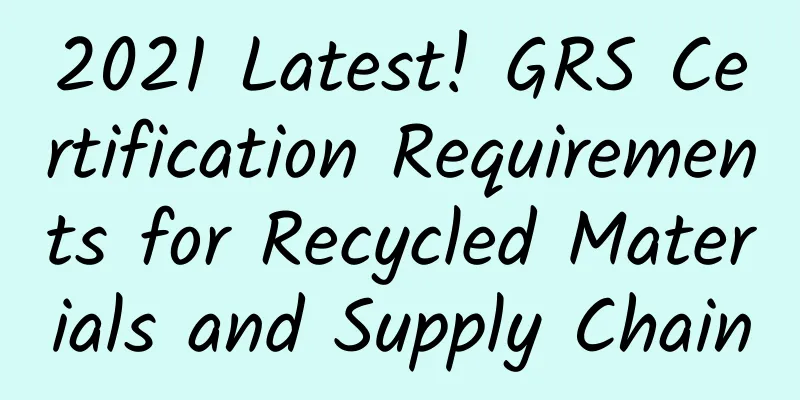
|
GRS certification is developed for the needs of the textile industry to verify recycled products or certain specific products. More importantly, it allows retailers and consumers to understand which parts of a specific product are recycled materials and how to handle these materials in the supply chain. In order to ensure that recycled materials are not replaced in the supply chain, each link in the supply chain should be GRS certified or participate in GRS audits. When companies are conducting GRS certification, suppliers must have GRS certification certificates. At the same time, GRS is an international, resource and comprehensive product standard that specifies third-party certification requirements for recycled content, production and sales custody chain, social and environmental events, and chemical restrictions. The goal of GRS is to increase the use of recycled materials in products and reduce/eliminate the hazards caused by their production. GRS certification audit content: Recycled materials and supply chain requirements: The entry condition for certification is that the recycled content of the product is greater than 20%. If the product plans to display the GRS certification logo, the recycled content ratio must be greater than 50%. Chemical Management System (CMS): The chemical management guidelines and policies used in the production process of GRS products; Social Responsibility Management System (CSR): If the enterprise has successfully passed social responsibility audits such as BSCI, SA8000, GSCP, etc., it can be exempted from the assessment after being evaluated by the certification body; Environmental Management System (EMS): Does the company have an environmental management system and whether it has controls over energy use, water use, wastewater, and waste. GRS certification standards are as follows: A) Traceability Guidelines Guidelines and special instructions regarding product shipping and use of certificates. Guidelines for the control of incoming products. Guidelines related to management. Guidelines related to quality control. Guidelines related to the calculation of the quantity ratio between GRS materials and non-GRS materials using the total balance calculation method. B) Environmental standards Guidelines related to environmental management. C) Social Responsibility Guidelines regarding worker health and safety. Guidelines relating to workers' rights. Guidelines related to training. Guidelines relating to hygiene, hazards and first aid. D) GRS label grades and logo applications, and guidelines related to label grades and logo applications. Do you have any questions about GRS certification? Welcome to consult Chaowang customer service, we will give you a detailed answer! |
<<: TE releases major update to certification standards, affecting not only GRS
>>: How to perfectly connect with the new amfori BSCI platform?
Recommend
Calculation of overtime pay for standard working hours/comprehensive working hours system/irregular working hours system
Standard working hours system: The maximum workin...
Application of HACCP Certification in Canned Food Production
Canned food is a key product in China's food ...
What is Shenzhen Cross-border E-commerce Association? Business scope of Shenzhen Cross-border E-commerce Association
Shenzhen Cross-Border E-Commerce Association was ...
What is Namecheap? Namecheap US Hosting Review
When it comes to Namecheap, the first thing that ...
Carbon certification for dual carbon services | Carbon footprint, carbon neutrality, greenhouse gas verification, carbon emission management system evaluation, a brief introduction to carbon monitoring services
Carbon Footprint/Carbon Neutrality Carbon neutral...
BSCI-2014 New Standard Transition Training Course Registration Form
BSCI-2014 New Standard Transition Training Course...
BSCI and ICS, two major European social responsibility audit companies, will merge
On April 2, 2015, in Brussels, under the auspices...
Qupital - One-stop offshore financing platform
Qupital is a Hong Kong-based e-commerce financing...
How is Bar-headed Goose? What are the service advantages of Bar-headed Goose?
How about the bar-headed goose? Founded in 2018, ...
What impact will the new eBay overseas warehouse policy have on sellers?
eBay’s new overseas warehouse policy will more or...
Walmart's outsourcing of high-risk projects in 2013
①The definition of Walmart products is: a. Finish...
What is Page2Images? How to use Page2Images?
Page2Images: Online Webpage Thumbnail Screenshot ...
Ann Taylor Quality Inspection Document List
Ann Taylor Quality Inspection Document List 1. Bu...
How do TOPHATTER sellers register? TOPHATTER seller registration process
How do TOPHATTER sellers join? Sell first, revi...
Sears factory audit results classification
Sears factory audit results are generally divided ...

